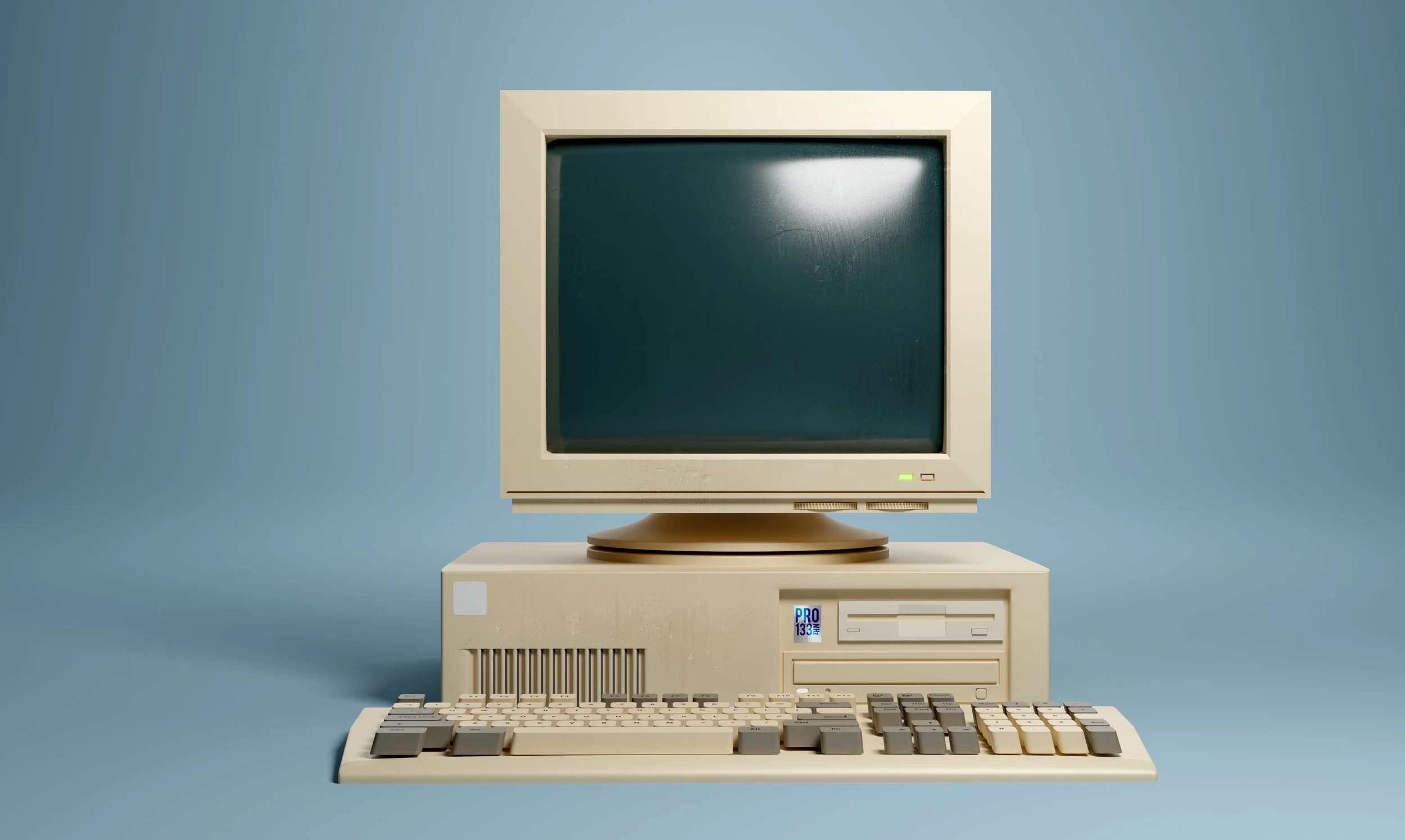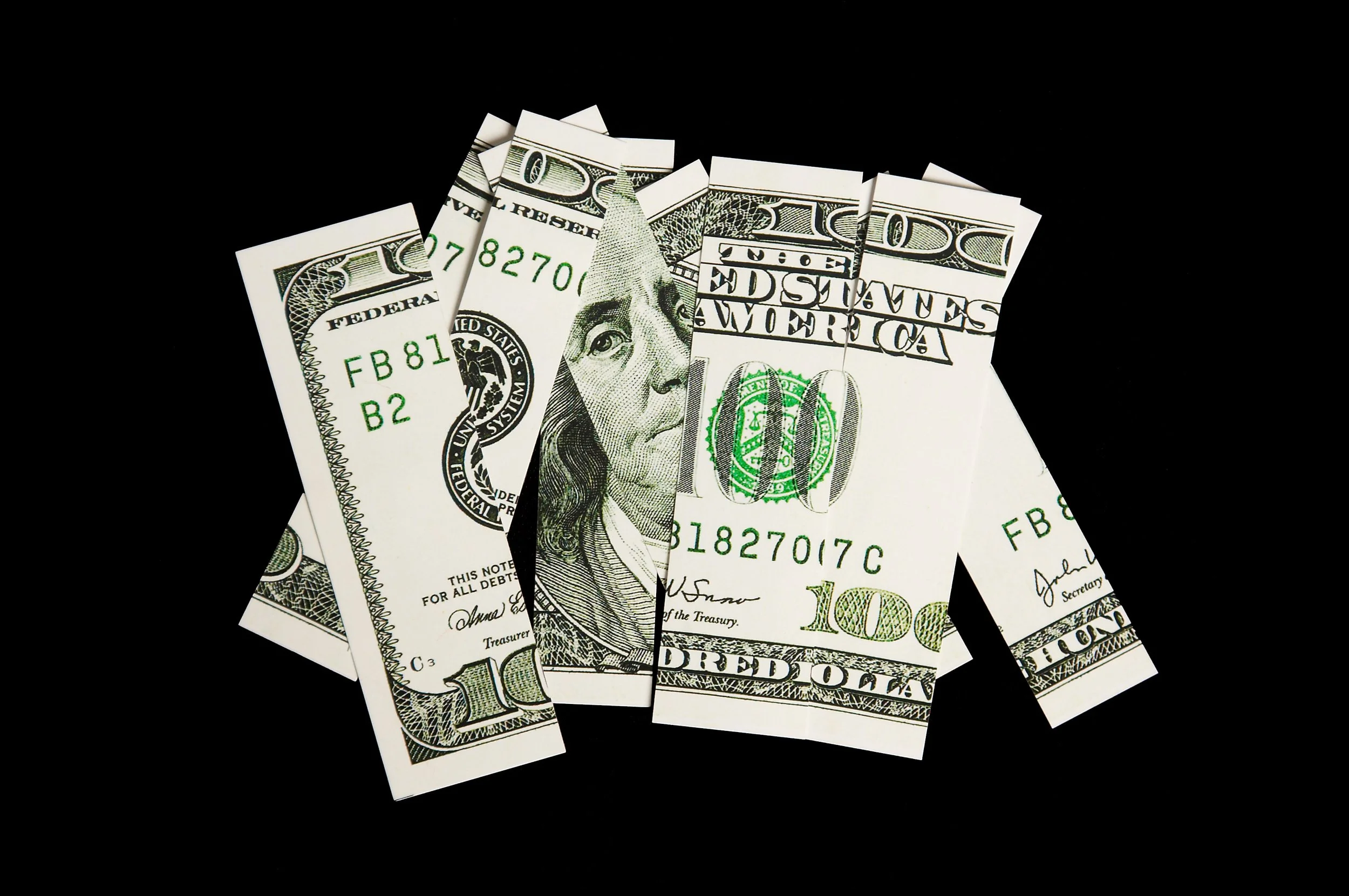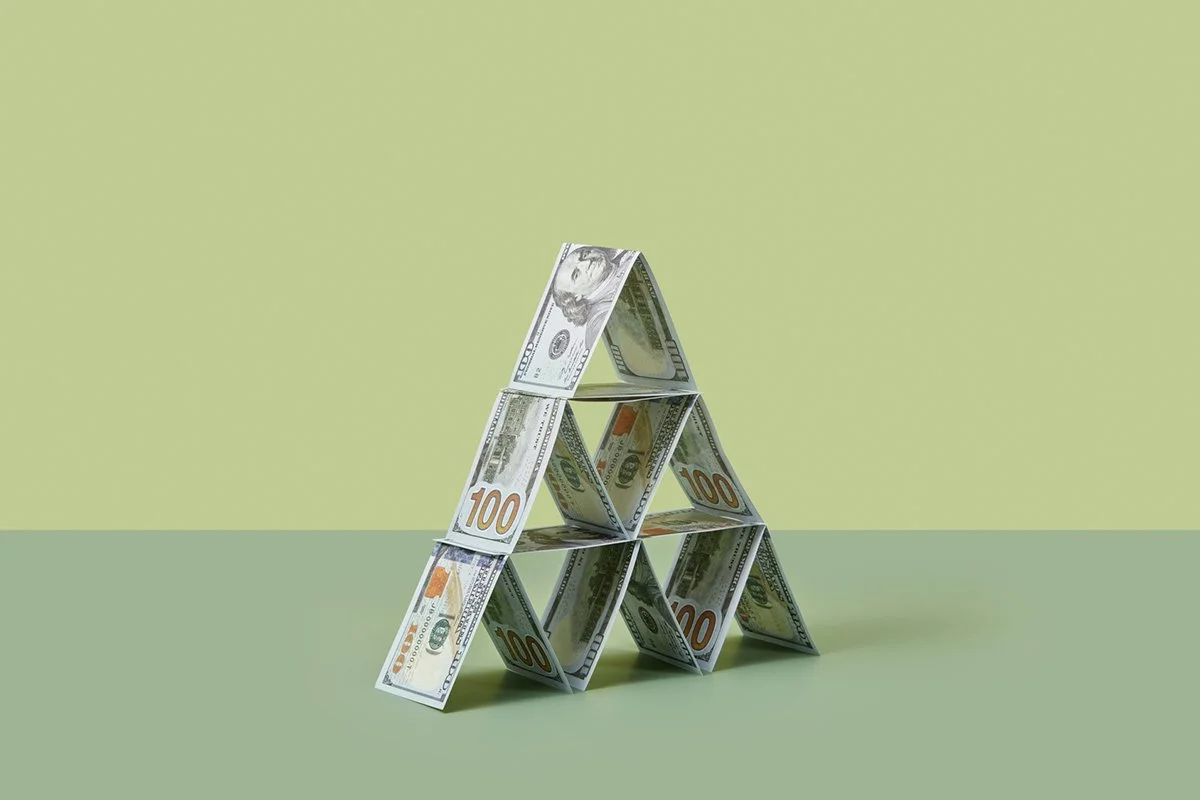New Tax Breaks and Rules for Charitable Donations
People give because they care. That’s the heart of generosity. Yet the rhythm of giving is often set by the tax code. It can make giving feel natural and rewarding, or it can add friction that makes it harder.
When the One Big Beautiful Bill Act was signed on July 4, 2025, the headlines focused on spending and tax rates. Less noticed were the provisions that quietly change how Americans give.
Starting in 2026, millions of households, high-income donors, and businesses will face new incentives and new hurdles when they decide how much to give.
The details are technical, but the story is simple: with the right strategy, you can give more, save more, and make sure your money tells the story you want it to.
A Universal Deduction for a Majority of Taxpayers
For years, most families gave to charity without any tax benefit. Unless you itemized, your generosity was invisible to the IRS. You gave because it mattered, not because it saved you money.
That changes in 2026. Under the new law, taxpayers who claim the standard deduction will also be able to deduct charitable contributions. This is no longer a benefit limited to those who itemize. According to the Tax Foundation, a nonpartisan research group, roughly 85% of taxpayers take the standard deduction, making this one of the broadest incentives for charitable giving.
Here is how it works: taxpayers who claim the standard deduction can now also deduct up to $1,000 in cash contributions each year, or $2,000 for married couples. The gifts must be made in cash, not appreciated assets, and they must go directly to eligible charities.
Why it matters: After 2025, everyday giving like your monthly tithe, your holiday donation, or your support of a local nonprofit will show up on your tax return. The small checks you were already writing now carry extra weight.
What this means for you: For illustrative purposes, take a family who does not itemize and donate $100 each month to charity. That is $1,200 over the year. Beginning in 2026, that full amount can be deducted from their taxable income, up to the $2,000 limit for married couples, $1,000 single filers. A family in the 22% bracket giving $1,200 saves about $264 in taxes.
Note: The figures here represent Federal tax savings. For Oregonians, there may be an extra layer of benefit. If the state aligns with the new Federal rules, that same $1,200 donation could also reduce state taxes by up to 10%, or $120. States are currently evaluating whether to adopt these provisions, so this piece is still unfolding.
The catch is that families used to the standard deduction often don’t track their giving. It never mattered before. Starting in 2026, it will. The habit of generosity now comes with a second habit: record keeping.
‘Bunching’ and a New Hurdle for Itemizers
Beginning in 2026, all itemizers will also face a new rule. Charitable contributions will only be deductible above 0.5% of your adjusted gross income (AGI).
Here is how it works: Suppose your AGI is $200,000 and you itemize deductions. If you give $10,000 to charity, the first $1,000 ($200,000 x 0.5% = $1,000) does not count. Only $9,000 reduces your taxable income. Any 0.5% disallowed amount will be suspended and carried forward for up to 5 years, to hopefully be deducted in a future year when eligible.
Why it matters: On paper, half a percent sounds small. But in practice, this will likely shift how people give. Smaller, steady donations may no longer deliver the same benefit, nudging families to think more strategically about timing and structure.
What this means for you: It is not the size of your gift that changes, but the rhythm. Two larger checks can sometimes be more effective than four smaller ones. Instead of giving the same amount every year, consider making larger gifts less often, a strategy often called “bunching.”
For example, donating $20,000 every two years rather than $10,000 annually. In the larger year, your gift clears the new floor and provides a stronger deduction. In the smaller year, you take the standard deduction and still come out ahead. A $20,000 gift, above the 0.5% AGI floor, in the bunching year may yield roughly $6,400 in tax savings (assuming 32% bracket).
The increased State & Local Tax (SALT) deduction in 2026 can make this even more attractive. Take a household with $25,000 in SALT deductions and $20,000 in charitable giving every other year. That totals $45,000 of deductions, easily clearing the standard deduction and ensuring the charitable contribution counts well above the 0.5% threshold. In the off years, they simply return to the standard deduction.
Donor-advised funds (DAFs) make this easier. You can contribute a larger amount in one year, capture the deduction, and then spread your giving out over time so your favorite causes don’t feel the gap. Many DAFs even allow you to invest the balance, which means your dollars can grow before they’re granted. In that sense, a DAF turns one act of generosity today into even more generosity tomorrow.
A 37% Deduction, Now 35%
If you itemize deductions and are in the top tax bracket, another change arrives in 2026. The maximum tax benefit you can receive from charitable deductions is limited to the equivalent of a 35% tax rate.
Here is how it works: Charitable gifts must first clear the new 0.5% of AGI floor. On top of that, the benefit of any eligible gifts above that floor will be limited to 35% rather than today’s 37%.
For example, with an AGI of $1,000,000 and a gift of $100,000, the first $5,000 provides no tax benefit today because of the 0.5% floor. The remaining $95,000 is deductible, producing a maximum tax savings of $33,250 in 2026. Under the current rates, a $95,000 gift would save $35,150.
The 0.5% floor can carry forward, but the difference between the 35% and 37% deduction rates does not.
Why it matters: For wealthy donors, the change is modest in dollars but meaningful in psychology. Even small shifts in after-tax cost can alter behavior at the margins, which is why thinking ahead about timing and tools matters more than ever.
What this means for you: For wealthy donors, every dollar still counts, but in 2026, each one counts a little less. It may make sense to accelerate some giving into 2025 before the new rules take effect.
C-Corp Business Owners and the New 1% Floor
Starting in 2026, C Corporations (C-Corp) will also face a new threshold. Charitable giving will only be deductible once it exceeds 1% of taxable income.
Here is how it works: If your company is a C-Corp and earns $1,000,000 and donates $8,000 (0.8% of income), you’ll no longer get a tax deduction for that gift. But if you give $15,000, you’ve crossed the 1% threshold, and the portion above $10,000 (the first 1%) is deductible.
The long-standing 10% cap on corporate deductions still stands, along with the five-year carryforward. The key difference is that smaller contributions that once carried a tax benefit may no longer qualify.
Why it matters: This rule discourages token giving and pushes companies toward more intentional generosity. Businesses that want their contributions to count, for both taxes and impact, will need to plan gifts as part of a larger strategy rather than as one-off gestures.
What this means for you: For C-Corp business owners, this change means smaller charitable gifts may no longer have a tax benefit. To maximize impact, you may choose to either increase your giving to clear the 1% threshold or bunch donations in certain years to secure the deduction.
A Special Planning Window in 2025
Before the new rules take effect, 2025 offers a unique chance to be more strategic with your generosity. The changes do not begin until 2026, which means as an itemizer you can still give under today’s more favorable framework: there is no 0.5% AGI floor for individuals, no 1% floor for corporations, and top-bracket donors can still receive up to a 37% deduction.
Why it matters: 2025 is one of the most favorable years in recent memory for charitable giving for itemizers. Acting before the rules change can mean more tax savings and more dollars flowing to the causes you care about.
What this means for you:
A family giving $20,000 in 2025 can deduct the full amount. In 2026, with a $200,000 AGI, only $19,000 would count toward a deduction.
A high-income donor with an AGI of $1,000,000 giving $100,000 in 2025 could reduce their taxable income by up to $37,000. The same gift in 2026 would shrink to $33,250 in savings, raising the after-tax cost of generosity.
C Corporations who typically make smaller annual gifts may want to accelerate donations into 2025 before the 1% corporate threshold applies.
For those who want to keep supporting their favorite charities steadily, donor-advised funds can be especially effective. By contributing a larger amount in 2025, your secure today’s tax benefits while giving yourself flexibility to distribute grants to nonprofits over time.
Bringing It All Together
The new law will change how taxpayers experience charitable giving. Some will gain new opportunities, while others will need to be more intentional to keep their giving tax efficient.
Individuals & Families who do not itemize will now enjoy a tax break for giving.
Itemizers will need to plan gifts to rise above the new floor.
High-income donors will face a slightly smaller size tax benefit.
C Corporations will need to give more intentionally to secure deductions.
2025 offers a last-chance window to maximize giving before the new rules take hold.
Why it matters: These rules will shape how generosity shows up, but not why we give. With planning, your giving can still tell the story of what matters most to you. The new law will not change the reasons we give, but it will change the timing, structure, and strategy that make generosity as efficient as possible.
At Human Investing, we see our job as more than managing investments. We help align your values with your financial life so that every dollar reflects what matters most. That way, your giving becomes not only a tax-smart decision, but a lasting legacy.
Tax Foundation. (2025). FAQ: The One Big Beautiful Bill Act tax changes. Retrieved from https://taxfoundation.org/research/all/federal/one-big-beautiful-bill-act-tax-changes/ Tax Foundation
Government Publishing Office. (2025). Public Law 119-21: One Big Beautiful Bill Act. Retrieved from https://www.congress.gov/119/plaws/publ21/PLAW-119publ21.pdf
Kitces, M. (2025, July). Breaking down the “One Big Beautiful Bill Act” (OBBBA): Tax planning, SALT cap, senior deduction, QBI deduction, Tax Cuts and Jobs Act (TCJA), AMT, “Trump Accounts”. Nerd’s Eye View. Retrieved from https://www.kitces.com/blog/obbba-one-big-beautiful-bill-act-tax-planning-salt-cap-senior-deduction-qbi-deduction-tax-cut-and-jobs-act-tcja-amt-trump-accounts/
Disclosure: This material is provided for informational and educational purposes only and should not be construed as tax, legal, or investment advice. Examples are hypothetical and for illustration purposes only; actual results will vary. Tax laws are subject to change, and their application may vary depending on individual circumstances. Clients should consult their own tax and legal advisors before making any charitable giving decisions. Advisory services offered through Human Investing, LLC, an SEC registered investment adviser.








































